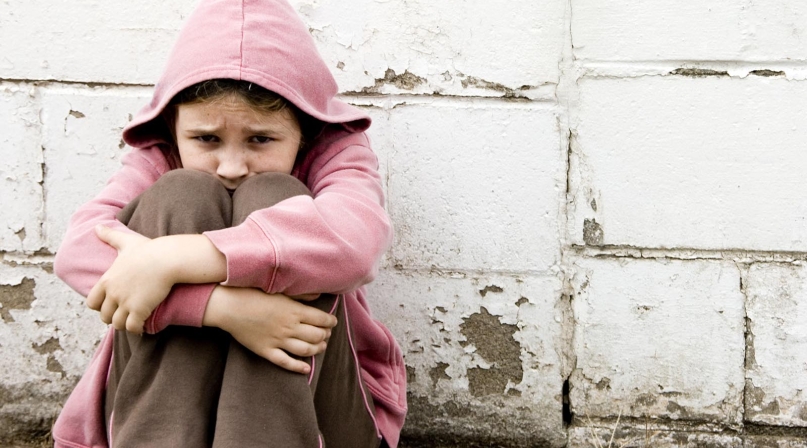Financial assistance for child care: Critical for early childhood development
Upcoming Events
Related News

CCDBG highlights the two-generation approach - supporting of parents’ work and the promotion of children’s healthy development
The first three years of life are a key time for a child’s development, making high-quality child care an essential support. Since its passage by Congress in 1996, the Child Care Development Block Grant (CCDBG) has played an important role in ensuring parents have access to safe and high-quality child care that is vital to their child’s development.
CCDBG offers states a framework to improve their current child care assistance programs and help families access safe and affordable programs. To date, CCDBG has provided financial assistance for child care for 1.4 million children throughout the country. Of those children, 27 percent are under 3 years old, allowing CCDBG to support early childhood education and care for hundreds of thousands of young children.
In 2014, Congress reauthorized block grant for the first time since it was passed in 1996. The new legislation included critical provisions to achieve four major goals: protect the health and safety of children in child care; help parents access information to support child development; support equal access to high quality child care for low-income children; and enhance the quality of child care and better support the child care workforce.
These four goals strengthen CCDBG’s dual roles as both a major early childhood education program and a work support for low-income families. In addition, the revised law provided states with greater flexibility, which presented an opportunity for states to help families access safe, reliable and affordable child care.
CCDBG funding flows to states in formula block grants that can then be used to subsidize child care for low-income working families. CCDBG funds are controlled by a state’s lead agency (LA) or a joint interagency office established by the governor. Lead agency duties include administering the CCDBG program, developing the state plan and coordinating services with other state and local child care and early childhood development programs.
While CCDBG plans are developed and implemented at the state level, there are states with locally administered systems. In these states, counties play a major role in administering CCDBG funds, as well as coordinating with the state agency on current early childhood programs active in a county.
The reauthorized CCDBG program highlights the two-generation approach through its support of parents’ work and the promotion of children’s healthy development. In addition to financial assistance for child care, CCDBG provides parents with access to reliable child care, which supports employment efforts. The two goals of CCDBG as a two-generation program — helping parents work and promoting a child’s well-being — address the child care needs of parents which in turn allows them to offer their children more stability, opportunities and resources.
While the reauthorized CCDBG contains necessary updates to ensure safe and stable child care, it also included provisions for states to fill new requirements. States are facing increased, and in some cases, significantly higher costs associated with the new requirements. In the FY2017 omnibus spending bill, CCDBG received $2.85 billion, which was an increase of $95 million from FY2016. While this increase provides states with essential funding to implement the new law, additional resources are needed to fulfill the new requirements and keep pace with the rising costs of child care.
Looking forward to FY2018, funding for CCDBG must be increased in order to support both low-income parents as they work toward economic security and the healthy development of their children.
Attachments
Related News

Maryland county invests in community ‘villages’
Baltimore County, Md. created a volunteer network or “village” to help with everything from groceries to doctor’s appointment to fighting isolation.

U.S. Congress passes reconciliation bill: What it means for counties
On July 3, the U.S. Congress passed sweeping budget reconciliation legislation.

U.S. Senate passes amended reconciliation bill text: What it means for counties
On July 1, the U.S. Senate narrowly passed their version of sweeping budget reconciliation legislation.